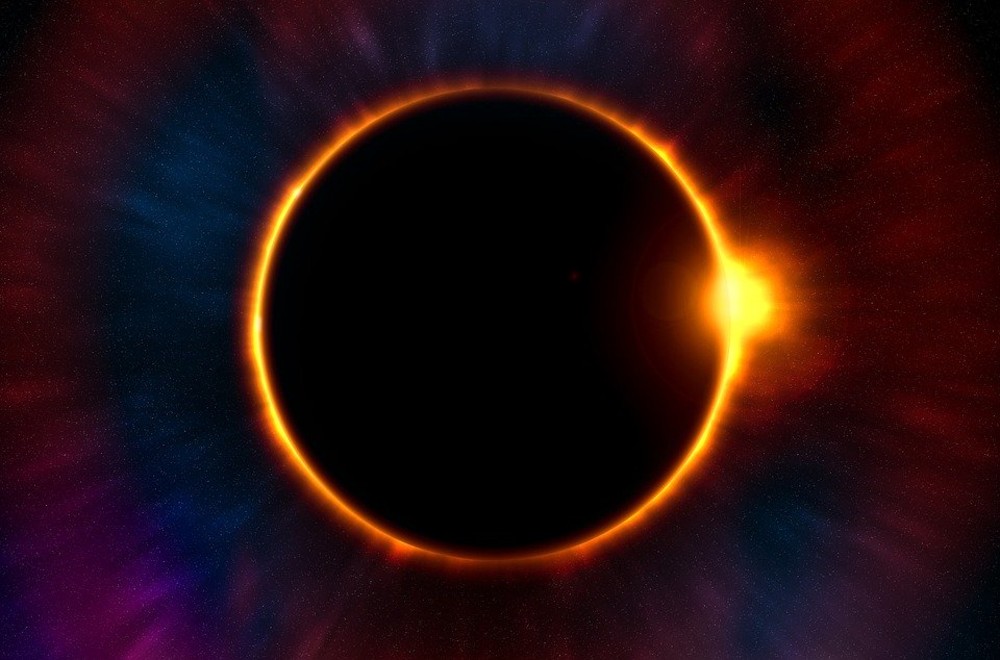Researchers have found a dwarf star that is four times smaller than some of its planets. The star was found to be 2,000 light-years away and it is estimated to be the same size as our planet.
Astronomers from the University of Warwick’s Department of Physics and the Millennium Nucleus for Planet Formation (NPF) at the University of Valparaiso have, for the first time, found a planet that survived a star’s transition to a white dwarf. The star is estimated to be approximately the size of the earth.
The dead white dwarf star is orbited by a giant Neptune like planet that is four times its size. This discovery was made using evidence in the form of a disc of gas created from its evaporating atmosphere. The planet was also found to be orbiting the star at least once every 10 days.
The discovery of the dwarf star
The discovery of the star WDJ0914+1914 involved examining over 10,000 dwarf stars during a study. Researchers were able to observe varying light waves emitted from the stars and used this data to identify the elements being emitted. They then used Very Large Telescope of the European Southern Observatory located in Chile, where they were able to determine that the gases being emitted were a typical indicator of a ring gas.
Lead author Dr. Boris Gaensicke, from the University of Warwick, said at first the researchers thought they were dealing with binary stars. However, on a closer examination of the star, they found that they were dealing with a single dwarf white star surrounded by a ring 10 times the size of our son. The ring was made of solely hydrogen, oxygen, and sulfur. This has never been observed before and Dr. Gaensicke knew that they were dealing with a unique star.
Some planets were able to survive the dying out of their stars
Dr. Gaensicke continued by saying,
This star has a planet that we can’t see directly, but because the star is so hot it is evaporating the planet, and we detect the atmosphere it is losing.
He emphasized that this discovery confirmed what had been suspected in the last two decades. There was growing evidence that some planets were able to survive the dying out of their stars. This was especially true while observing the comets, asteroids and other planetary bodies that hit white dwarf stars. Explaining these events requires larger, planet-mass bodies further out.
The white dwarf star was once the size of our sun or bigger, but with time it lost fuel. This lead it to swell up into a red giant a few hundred times the size of our sun. During this phase, the star had lost half its size and what was left shrunk to what is now left, a size comparable to our planet.
Featured image by Pixabay







